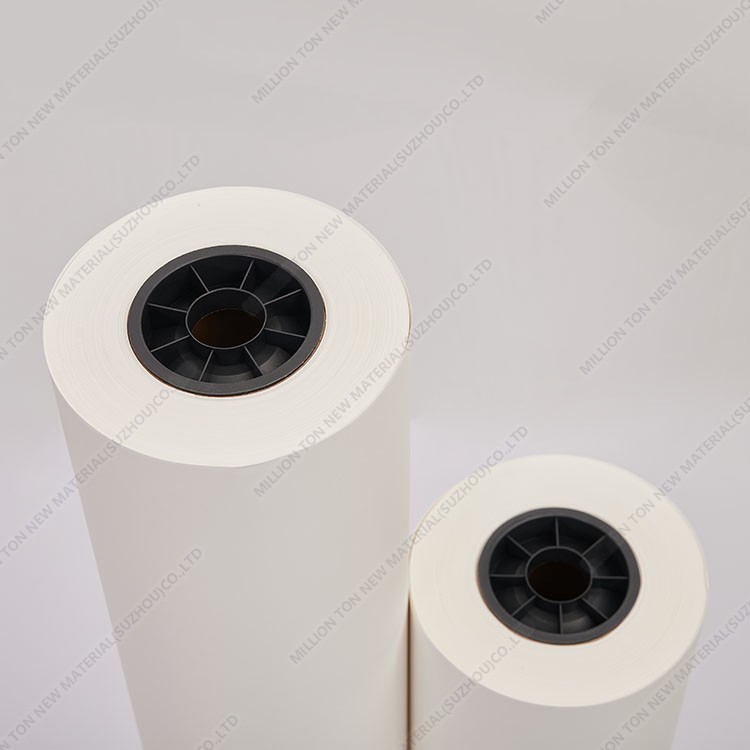Sep. 13, 2023
Packaging & Printing
In a world where environmental consciousness is on the rise, terms like "green," "environmental protection," and "low pollution" have taken center stage in the manufacturing industry's development. One sector of the printing and dyeing industry that particularly faces scrutiny in this context is pollution control. As a result of the growing environmental concern, heat sublimation digital printing has emerged as a viable solution.

Heat sublimation transfer technology, often referred to as vapor phase transfer, offers a unique approach compared to traditional film transfer methods. This technology utilizes heat sublimation ink to print a mirrored image on specially coated transfer paper. After drying, a crisp pattern emerges on the paper's surface. When exposed to high temperatures, the ink undergoes sublimation, transferring the pattern onto the desired substrate. Remarkably, this process leaves no residue on the substrate's surface, preserving its original texture.
At the heart of heat sublimation transfer technology lies thermal sublimation transfer paper. The performance of this transfer paper plays a pivotal role in determining the quality of the pattern transferred onto the substrate. But how do we evaluate the performance of this essential consumable? Let's delve into the key aspects to consider.
The transfer rate stands as the fundamental and most critical performance metric for thermal transfer paper. It primarily reflects the effectiveness of sublimation ink transfer. A high transfer rate indicates that a substantial portion of the sublimation ink on the paper sublimates effectively. Unfortunately, there is no standardized testing method for transfer rate evaluation at present. Some companies gauge transfer rates by observing the color chromaticity ratio before and after the transfer of specified ink color blocks under standard transfer conditions.
Back transparency is a phenomenon in thermal sublimation transfer paper where ink penetrates through the coating into the base paper. When this phenomenon is evident, it often leads to a reduced transfer rate, resulting in subpar transfer effects and other issues. Currently, assessing back transparency primarily relies on visual observation, with no standardized testing method to provide quantifiable data.
Drying speed refers to how quickly the paper dries after inkjet printing. A rapid drying speed not only boosts production efficiency in continuous printing but also minimizes quality problems caused by ink not drying promptly. Although there isn't a standardized testing method for drying speed, it is typically evaluated using the surface hygrometer method.
The flatness of the paper's surface has a direct impact on print production. Poor flatness can lead to issues during digital inkjet printing, causing friction with the inkjet head. This not only affects print quality but can also damage the printhead, shortening the equipment's lifespan.
Warpage occurs due to differences in expansion rates between the coated surface and the base paper. It can lead to feed problems for printers, wrinkles during rewinding after printing, misalignment of transfer patterns, and other disruptions to the production process. High-quality thermal sublimation transfer paper typically exhibits resistance to warping, mitigating its adverse effects on production.
In conclusion, evaluating the performance of sublimation paper is essential to achieve high-quality results in sublimation printing. The transfer rate, back transparency, drying speed, paper surface flatness, and bow angle are key factors to consider. As the demand for eco-friendly printing solutions continues to grow, ensuring that these performance criteria are met becomes even more critical.
Previous: What Is PBAT Plastic Used for?
If you are interested in sending in a Guest Blogger Submission,welcome to write for us!
All Comments ( 0 )